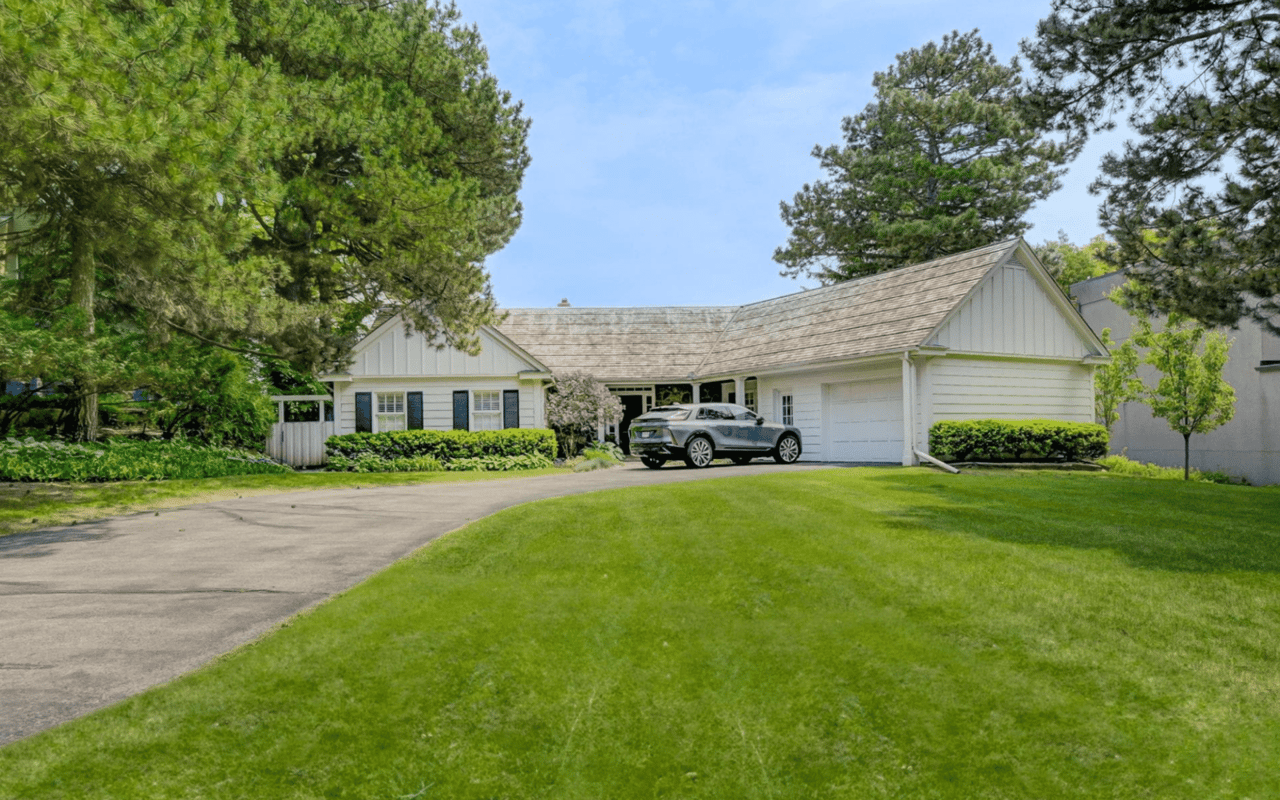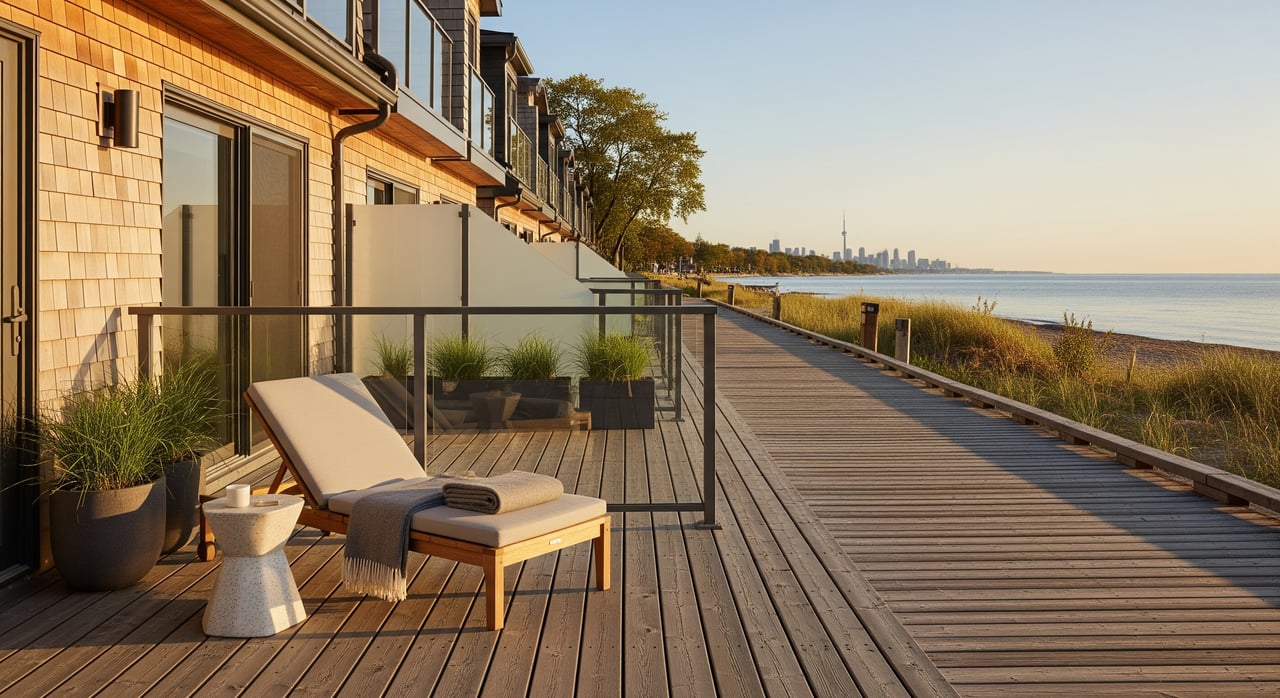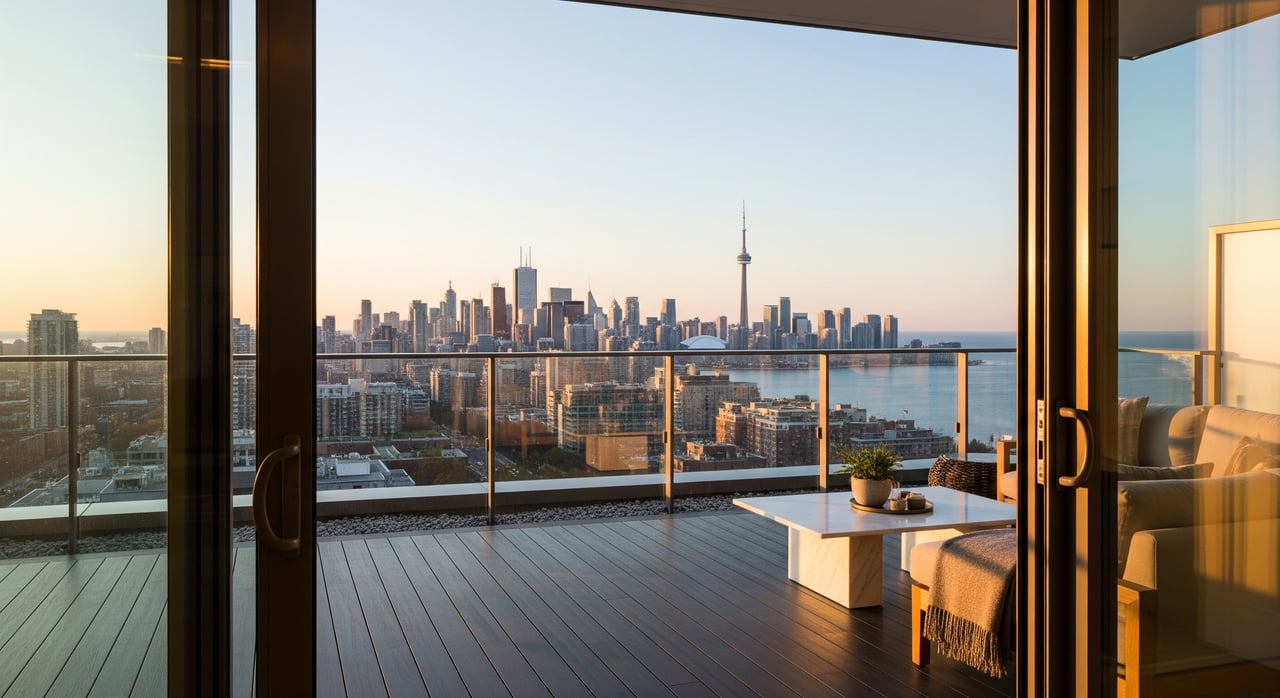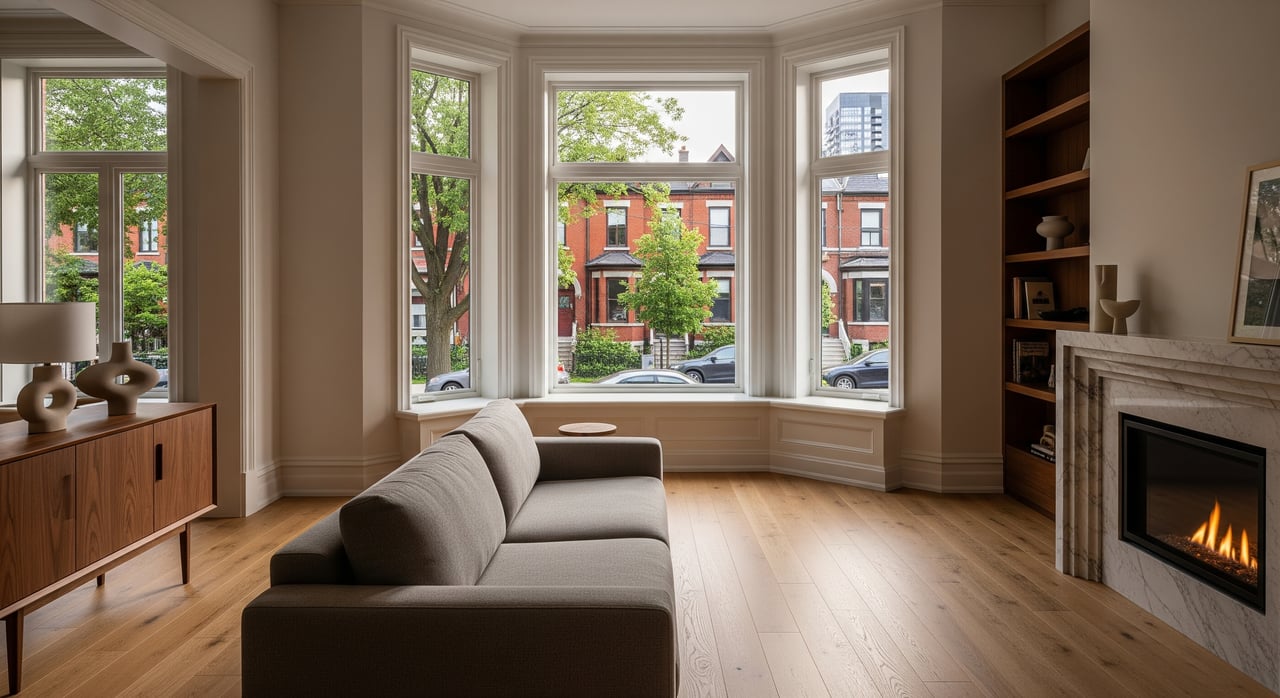As concerns about climate change and environmental preservation grow, more homeowners are turning to sustainable solutions to reduce their carbon footprint and live more eco-consciously. Green living is no longer just a trend but a lifestyle choice that offers both environmental and financial benefits. By incorporating eco-friendly features into your home, you not only help protect the planet but also enhance your home’s energy efficiency and value. This blog explores practical ways to create a sustainable house by incorporating eco-friendly features that contribute to both the health of your home and the environment.
1. Energy-Efficient Appliances
One of the easiest and most impactful ways to reduce your home’s environmental footprint is by upgrading to energy-efficient appliances. From refrigerators to washing machines, energy-efficient models use significantly less power than their traditional counterparts, lowering both your energy consumption and utility bills. Look for appliances that are Energy Star certified, as they meet the highest standards for energy efficiency.
Installing energy-efficient lighting, such as LED bulbs, is another simple yet effective way to cut energy use. LEDs use up to 90% less energy than incandescent bulbs and last much longer, reducing both waste and energy costs over time. Swapping out old, inefficient appliances for energy-saving alternatives is one of the first steps toward creating a sustainable house with eco-friendly features.
2. Solar Panels for Renewable Energy
Harnessing the power of the sun by installing solar panels is one of the most effective ways to make your home more eco-friendly. Solar panels convert sunlight into electricity, significantly reducing your reliance on traditional energy sources. While the initial cost of solar panel installation can be high, many homeowners find that the long-term savings on energy bills, combined with government incentives, make the investment worthwhile.
Solar energy is a clean, renewable resource, meaning it doesn’t produce harmful emissions or deplete natural resources. Installing solar panels not only helps the environment but can also increase your home’s resale value. As more buyers seek out sustainable house features, homes equipped with solar panels are becoming increasingly desirable.
3. Water-Saving Fixtures
Water conservation is an important aspect of green living, and installing water-saving fixtures is a simple yet effective way to reduce water consumption in your home. Low-flow showerheads, faucets, and toilets are designed to use significantly less water without compromising performance. This not only helps conserve a precious natural resource but also lowers your water bill.
Additionally, consider installing a rainwater harvesting system, which collects and stores rainwater that can be used for landscaping or other non-potable uses. This reduces the demand for municipal water supplies and helps maintain a more sustainable lifestyle. Efficient water use is a key element of creating a home with sustainable house features, contributing to overall environmental preservation.
4. Sustainable Building Materials
When planning a renovation or building a new home, the materials you choose can have a significant impact on your home’s environmental footprint. Opting for sustainable building materials like reclaimed wood, bamboo, or recycled steel can reduce the need for new resources and minimize waste. These materials are often more durable and eco-friendly than traditional options.
For insulation, consider using eco-friendly alternatives like sheep’s wool, recycled cotton, or cellulose, which is made from recycled paper products. These materials provide excellent insulation and help reduce your home’s energy consumption while promoting sustainability. Choosing sustainable materials during construction or renovation is a great way to create a home with long-lasting, eco-friendly features.
5. Eco-Friendly Landscaping
Your home’s exterior is just as important as its interior when it comes to green living. Eco-friendly landscaping practices can reduce water consumption, enhance biodiversity, and create a more sustainable outdoor environment. One way to achieve this is by planting native species that are well-adapted to your local climate and require less water and maintenance. Native plants are often hardier and more resistant to pests, reducing the need for chemical treatments.
Xeriscaping, a landscaping technique that focuses on water-efficient plants and minimal irrigation, is another excellent option for creating a sustainable yard. Installing a drip irrigation system can further reduce water waste by delivering water directly to plant roots, ensuring efficient use of resources. Composting is another way to embrace eco-friendly landscaping. By composting yard waste and kitchen scraps, you can reduce the amount of organic waste that ends up in landfills and create nutrient-rich soil for your garden.
6. Smart Home Technology
Integrating smart home technology into your living space can significantly enhance your home’s energy efficiency and reduce your environmental impact. Smart thermostats, for example, allow you to control your home’s temperature remotely, ensuring that you’re not heating or cooling your house unnecessarily. These devices learn your habits and automatically adjust to optimize energy use, helping to lower utility bills and reduce waste.
Other smart home features, such as energy-monitoring systems and automated lighting, make it easy to track and reduce your home’s energy consumption. By using technology to create a more energy-efficient home, you can contribute to a more sustainable lifestyle while enjoying the convenience and comfort that these systems provide.
7. Green Roofs and Walls
If you’re looking to make a bold eco-friendly statement, consider installing a green roof or green wall. Green roofs are covered with vegetation, which helps insulate your home, reduce stormwater runoff, and improve air quality. In metropolitan areas, green roofs can also mitigate the “heat island” effect, where buildings absorb and radiate more heat than natural landscapes, contributing to higher temperatures.
Similarly, green walls, or vertical gardens, can provide insulation, improve indoor air quality, and even reduce noise pollution. These features not only benefit the environment but also add a unique, natural aesthetic to your home. Green roofs and walls are becoming increasingly popular as homeowners seek innovative ways to incorporate sustainable house features into their living spaces.
8. Home Insulation and Windows
Proper insulation is key to reducing energy consumption and maintaining a comfortable indoor temperature year-round. Insulating your walls, attic, and floors can prevent heat loss during the winter and keep your home cool in the summer, reducing the need for excessive heating and air conditioning. Eco-friendly insulation materials, such as recycled denim or cellulose, are effective options for homeowners looking to go green.
In addition to insulation, upgrading to energy-efficient windows can help reduce energy loss. Double- or triple-pane windows with low-emissivity (low-E) coatings reflect heat back into your home, keeping it warmer in the winter and cooler in the summer. This not only improves comfort but also lowers your home’s energy costs, contributing to a more sustainable living environment.
9. Indoor Air Quality and Ventilation
Green living extends beyond energy savings and water conservation to include the health of your home’s indoor environment. Indoor air quality is critical for your family’s well-being, and eco-friendly solutions can help improve it. Installing an energy recovery ventilator (ERV) or heat recovery ventilator (HRV) can improve ventilation and ensure that fresh air circulates throughout your home without wasting energy.
Additionally, using low-VOC (volatile organic compounds) paints and finishes can reduce harmful chemical emissions in your home, creating a healthier indoor environment. Proper ventilation, combined with the use of non-toxic materials, ensures that your home’s air quality supports your overall health and contributes to a sustainable, eco-conscious lifestyle.
Incorporating sustainable house features into your home not only helps reduce your environmental impact but also offers long-term financial savings, improved comfort, and a healthier living space. Whether you’re upgrading appliances, installing solar panels, or using eco-friendly building materials, each step brings you closer to a more sustainable lifestyle.
Create Your Dream Home
For expert guidance on how to incorporate eco-friendly features into your home or to explore sustainable housing options, reach out to Nicole Digalakis, a trusted real estate professional who can help you navigate the path to green living.




